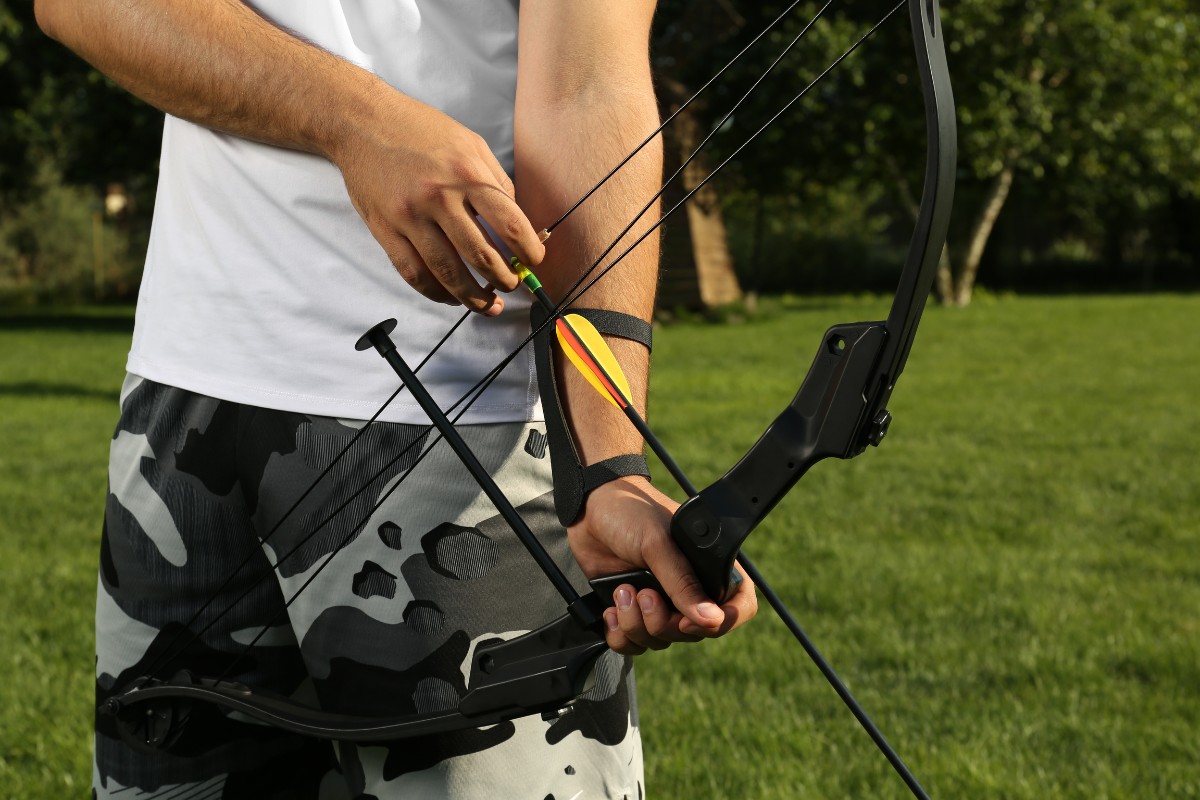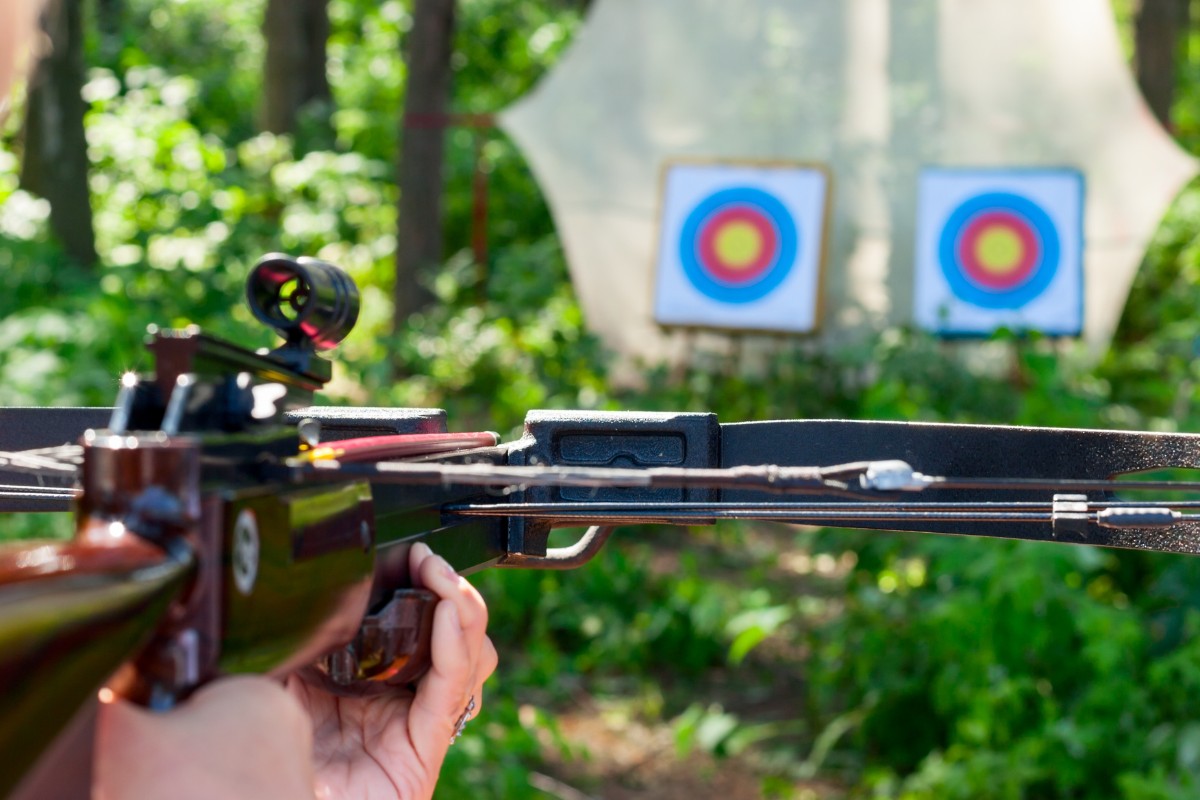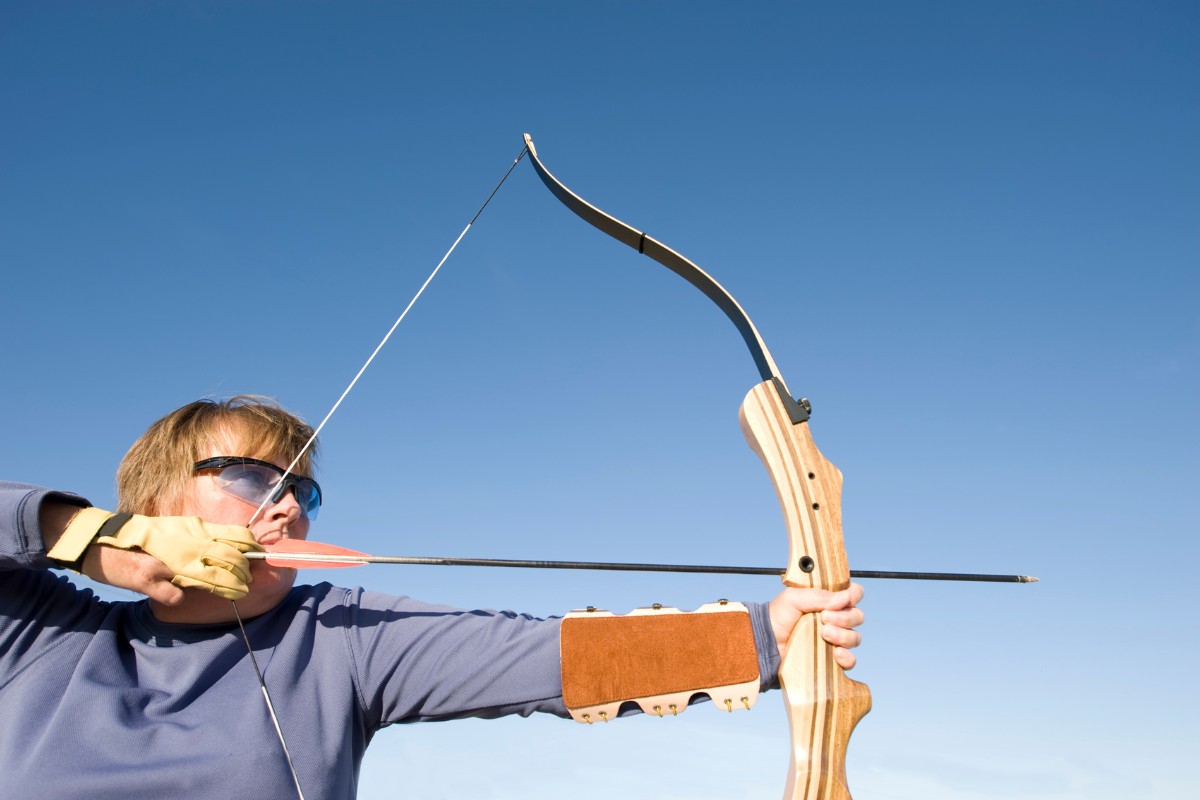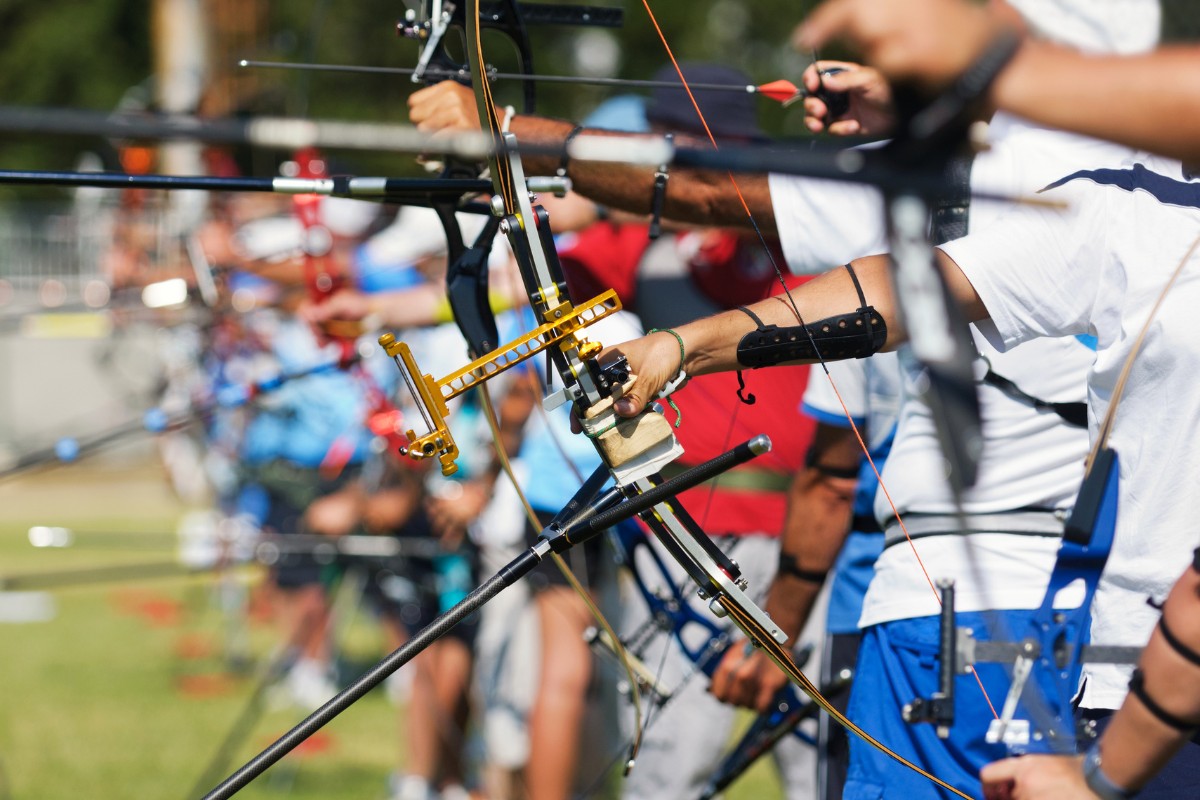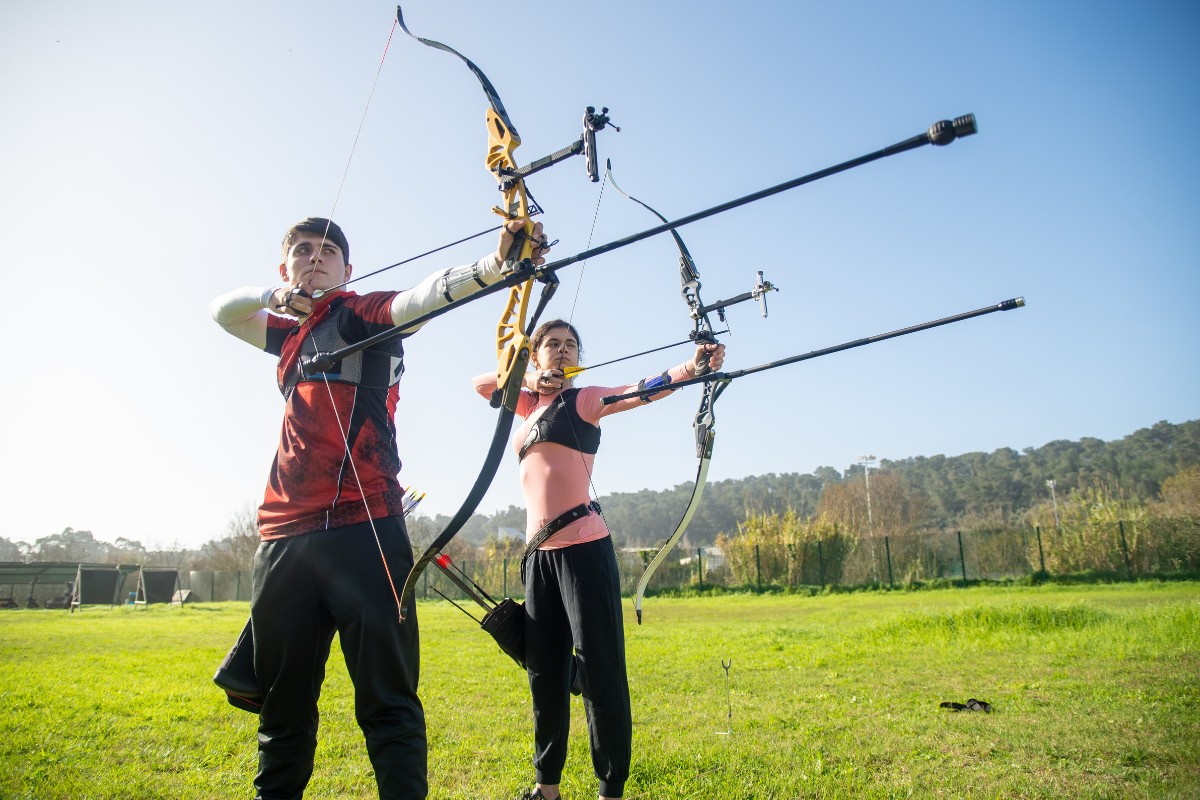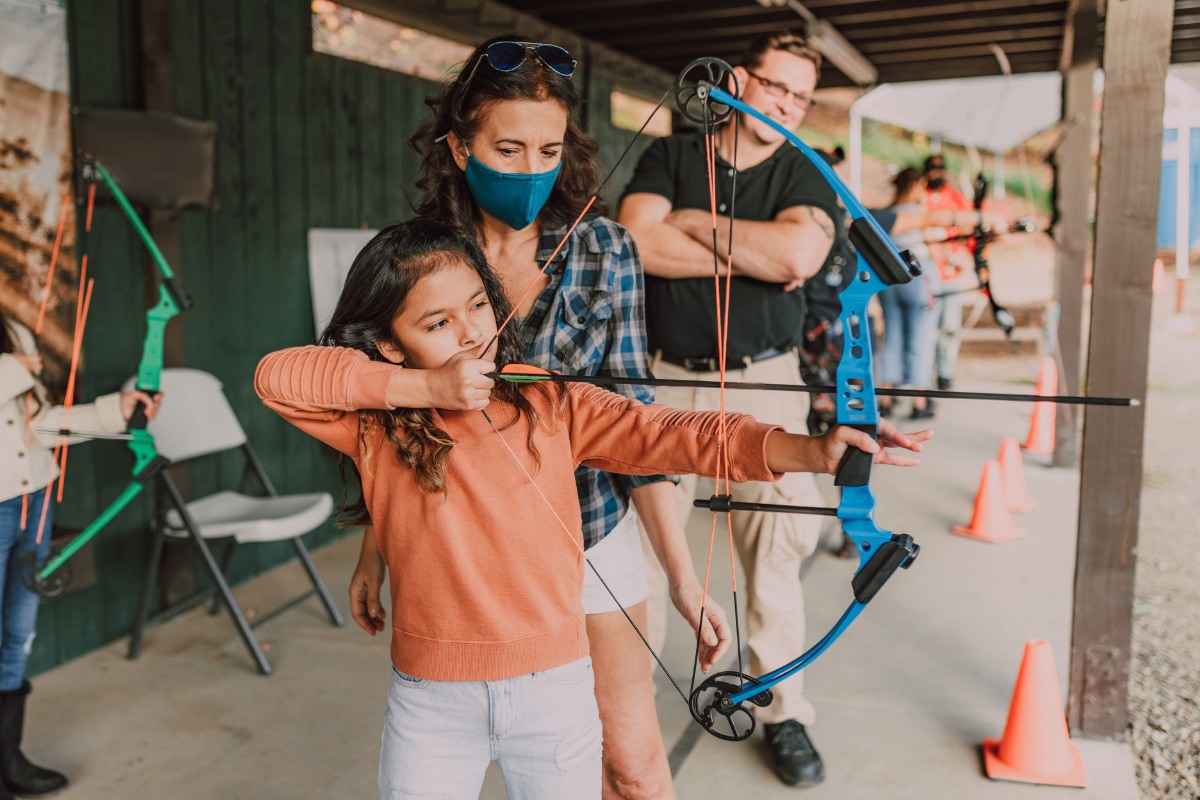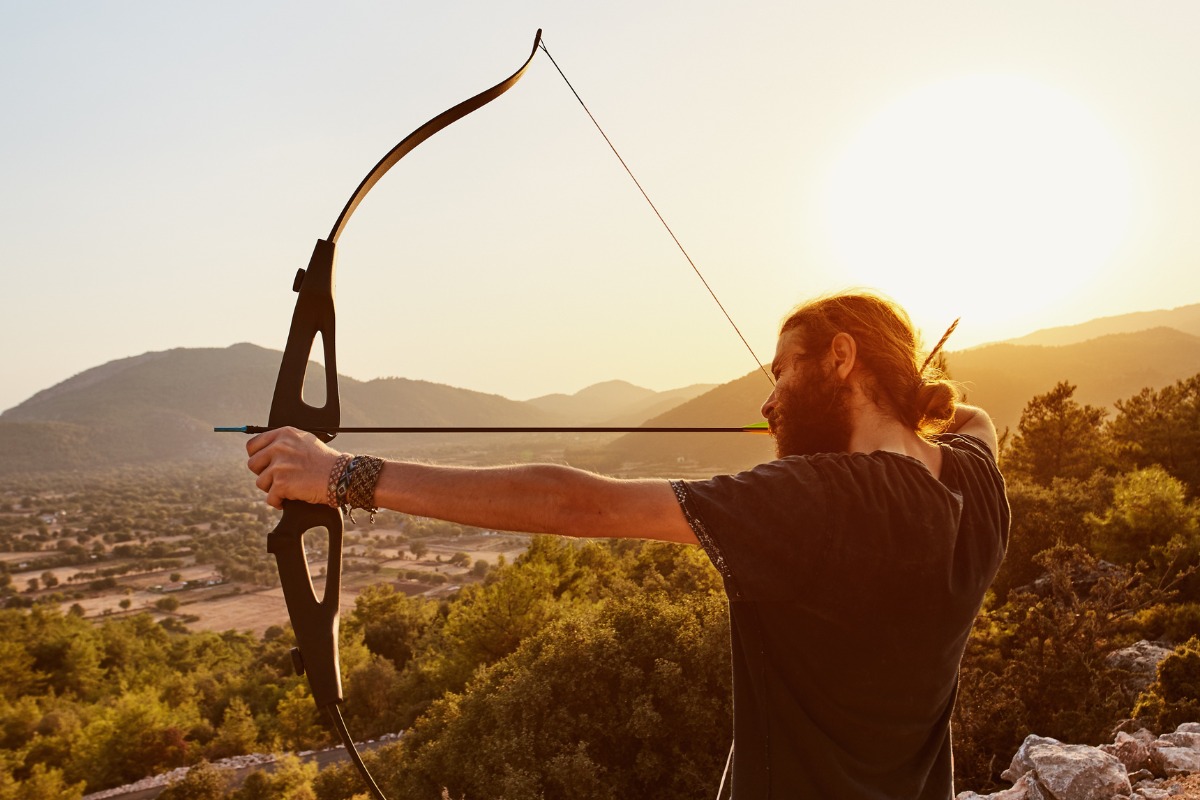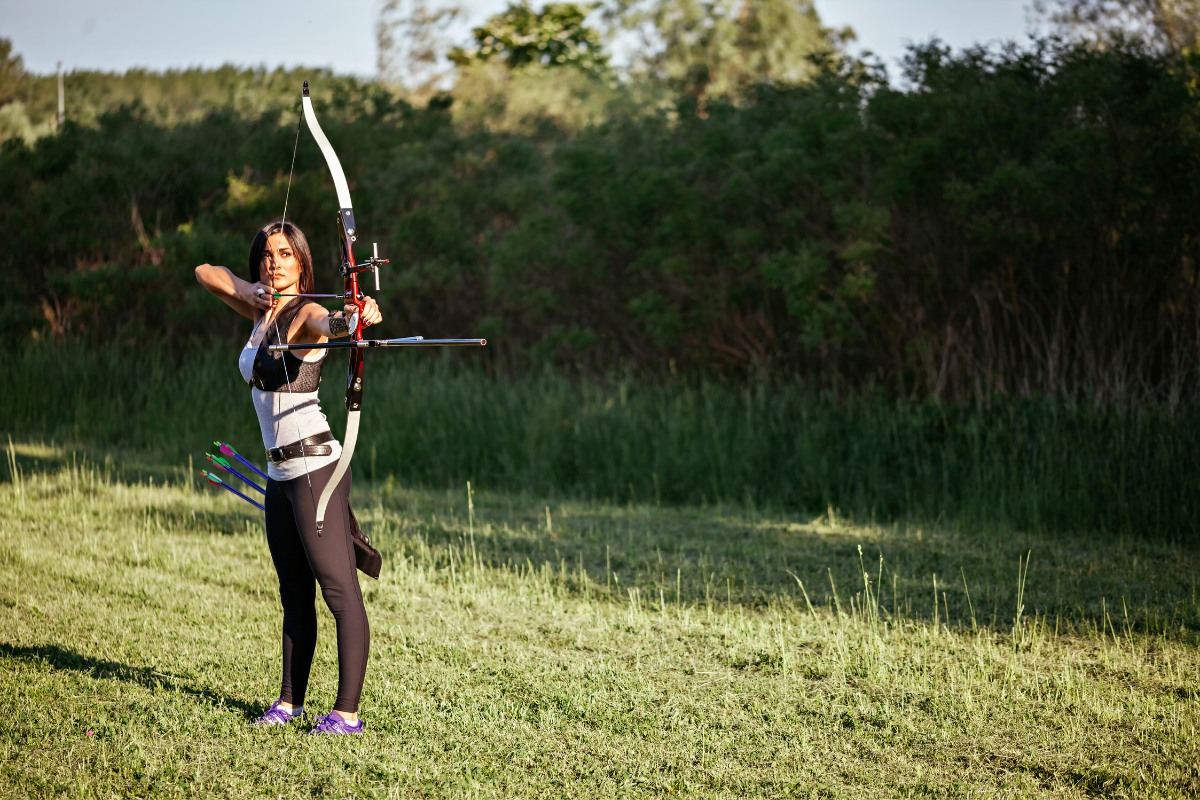A very common question among archery lovers, keen survivalists, and would-be archers is this: How to draw a compound bow?
Compound bows are the coolest kids in the archery family. They feel modern, badass, and are not as hard to use as other bow types. Many archery folks are drawn to the compound bow because getting started with it does not take as much technique as with a recurve or longbow.
How to Draw a Compound Bow
You still have to know your stuff, though! So, how do you draw this cool beast properly?
- The first step is to make sure that your draw weight is actually correct. Don’t try to shoot a bow that is too heavy for you, as you can get injured! A professional can help you pick the best weight option for your build and experience level.
- Get your hands to start at the height of your nose. Your supporting or gripping hand and your releasing hand should both be extended forward and in line with the bull’s eye.
- Breathe in as you start pulling the releasing hand towards the anchor point on your face. The movement will appear to be a bit downward.
- You should feel the shoulder of your release hand rotating onto your back as you draw. Make sure not to tense your arm muscles (biceps and triceps). You should be using your shoulder and back muscles instead!
- You will feel the bow’s wall, the point it has reached maximum extension, or full draw.
- Anchor your draw in your anchor point. This could be your chin, the side of your mouth or nose, your cheekbone, or somewhere along your jawline.
- Get ready to shoot that arrow!
What Muscles to Use to Draw a Compound Bow
You might already be pretty fit from practicing a sport, visiting the gym on a regular basis, or just good old bodybuilding. But drawing and shooting a compound bow is a whole different animal! You might find yourself struggling to draw a bow that you thought was within your physical reach and capabilities simply because the movement requires you to use muscles that normally don’t work very hard.
Archery, like any other sport, works all big muscle groups. Your legs need to be strong to allow your stance to be stable and relaxed at the same time. The same goes for your core: you won’t be able to draw your compound bow correctly if you are not able to tone and firm your core muscles as you do it.
But it’s true that there are some muscles that get a more intense workout than others when you draw and shoot. Many uninitiated people tend to believe that you need to use the strength of your arm muscles, such as the biceps and triceps, to pull back the string and arrow. This couldn’t be further from the truth!
The main muscles you’ll use to draw your compound bow are the muscles in your upper back and shoulders. These are the rhomboids (minor and major), deltoids, trapezius, levator scapulae, and latissimus dorsi. You will also tense the rotator cuff group (teres minor, supraspinatus, and infraspinatus).
Long story short: you should always feel the strength coming from your shoulders and, crucially, the upper back. This is what archery experts call “back tension”: you should feel that your shoulder blades get flattened and pulled close to your spine.
How to Measure the Draw Length of a Bow
There are a number of things that you need to determine before you start firing arrows left and right like Katniss Everdeen or Legolas (your pick!). First of all, the type, materials, and the draw length of your bow. You will most likely get help from a professional who is also an experienced archer to choose the right bow for your practice.
However, it never hurts to know a little more and understand the technicalities of the weapon you are using! So, what is the draw length in the first place? It’s your arm span: the maximum distance between your two hands when you’ve tensed the bow, anchored the release hand, and are ready to shoot the arrow. Keep in mind: you’ll need a measuring tape and someone to help you use it.
Stand naturally and open your arms left to right, palms forward, no stretching. Have your trusty helper measure (in inches) the distance between the tips of your middle fingers. Divide that number by 2.5. Hand your helper a cookie. Voila! That is the draw length at which you’ll probably feel most comfortable and accurate.
It’s really important to correctly measure your draw length, as you will have to match it with your compound bow’s mechanical draw stop.
What Is the Average Draw Weight of a Compound Bow
Now that you know what your draw length is, according to the arm span method, you need to be able to choose the correct draw weight of your compound bow. Again, definitions are everything: what on earth is the draw weight?
This term means the amount of weight your muscles will have to pull when drawing the bow. It’s important to get it right. A bow that is too heavy for your muscles will be impossible to draw, which is very frustrating and might potentially cause severe injuries. A bow that is, on the contrary, too light will seem easy to draw but will underutilize your body’s abilities. This means that your arrows will have less force and reach than you’re capable of.
What is the average draw weight of a compound bow? It varies according to the person’s weight, which depends (mainly) on biological gender and age. Children’s compound bows will average 15 pounds, women’s bows will average 40 pounds, and men’s compound bows will be around 80 pounds.
Final Thoughts
Of course, these are just guidelines. You might find yourself in any of these categories and be able to draw more or less weight than indicated. Besides, as you practice, you’ll find that you get stronger and better at drawing heftier bows.
Kudos to you in advance and good luck getting your trusty bow companion!
